Building an Effective Off-Ice Strength & Conditioning Plan
by Ethan Burgess
Your body is a complex machine that needs a variety of different training methods to perform at its highest level. Two questions I get asked frequently are: 1. What is the best way to train off-ice to improve my on-ice performance? 2. How do I train my body to get that feeling of readiness and confidence on the ice?
In order to be physically and mentally ready for the ice, you must train your body accordingly. That means your strength and conditioning preparation must be tailored to your specific activity and to improve your particular goals.
I have been skating for almost 30 years and coaching off-ice strength and conditioning for the last 11 years. I believe that you learn the most when you try something yourself, teach others, and then adapt new techniques and ideas based on the results you achieve.
After years of competing, training and teaching, I have learned that off-ice strength and conditioning is crucial to feeling strong and confident on the ice
Think about a time when you felt your best, mentally and physically. What did you do to achieve those results? We all want to train and perform to our highest potential; we just need a road map to follow that will lead us to having confidence and strength on the ice.
While practice makes perfect, can too much “practice” be detrimental? What if I told you that a big key to improving is actually getting off the ice? I often see skaters spending countless hours on the ice practicing to “improve” certain elements. I am not saying you don’t have to practice on the ice or listen to your coach. I am simply saying you may be missing a key element in your overall training plan: off-ice strength and conditioning to help you perform better on the ice.
Here are my top three off-ice strength & conditioning training tips:
- Build the Foundation
Think about strength and conditioning as a marathon, not a sprint. When creating training plans for skaters, I make certain that they build specific strength fundamentals to ensure that they progress safely and effectively to achieve the goals they are working toward on the ice. Regardless of how much training experience they have, starting with fundamental strength exercises builds a solid foundation for future success. Following this process allows skaters and coaches to identify and focus on any areas of weaknesses or strength imbalances.
When building an effective strength training routine, it is crucial to incorporate various exercises and movements to strengthen the body. I often ask skaters what kind of strength exercises they work on and many of them do a lot of “off-ice jumps.” While that is certainly not bad, there is a more effective way to use their time.
Skaters should focus on exercises that strengthen specific muscles, not necessarily exercises that work only on skating movements. I find that this accomplishes two goals: First, it forces the skater to focus on their muscles and improves the mind-muscle connection. The better the connection the more efficiently the muscles can be trained. Second, it can be helpful for the skater to take a break from simply repeating “skating” movements or exercises and work those same muscles in a different way. Think about learning a new jump — sometimes the more you work on it, the worse it gets. So, when deciding the best movements and exercises for your strength and conditioning plan, don’t forget to add a variety of different exercises to ensure maximum benefits and muscular adaptability.
Once strength fundamentals have been built, start to focus more on specific exercises and movements that will be best suited for an individual skater.
- Get Specific — but not too Specific
I know what you are thinking: “How am I supposed to get stronger for the ice if I don’t work on skating exercises?”
Figure skating-specific exercises certainly play an important role in the physical development of skaters, but just be mindful of when and how much you integrate them into an off-ice program. Think about this idea in terms of running a short or long program; for example, imagine you skate out to your starting pose, the music starts and off you go. Within a short period of time, your muscles and heart rate are already working harder than “normal.” Fatigue sets in and your elements are more difficult than normal to complete. It gets increasingly difficult to maintain strength, focus and confidence. Fortunately, there is a solution! Muscles can be trained to adapt to fatigue. Combining general strength and conditioning exercises with skating specific exercises can help ensure that your performance doesn’t suffer.
What is the best way to train muscles to be less impacted by fatigue? While there isn’t a “best” way, there are a couple options to accomplish that goal. One option is to perform an exercise that utilizes a specific muscle or muscle group and then immediately perform a skating-specific exercise. For example, perform bodyweight squats and then rotational exercises. This process gets the leg muscles tired before working on the body’s ability to maintain explosiveness and control, just like in a program.
Another option is to add some high-intensity interval training, alternating between “intense” bursts of activity and less-intense movements. You can start out slowly, with shorter intervals to get acclimated to this type of training; for example, begin with five to 10 seconds of more intense moves, such as sprints or agility exercises, to get the heart rate elevated, then perform a controlled motion such as a landing position or specific jump exercise. This type of training is excellent for improving your anaerobic conditioning and programs! Remember, exploring and incorporating a variety of skating and non-specific exercises is a great way to prevent boredom and enjoy a continued increase in physical ability and performance.
- Strengthen Your Mental Game
An often overlooked part of off-ice training is the mental aspect. When you are training off-ice, ask yourself why you are doing what you’re doing? It is important to think about your on-ice performance while completing your off-ice exercises. Even when executing a simple movement, focus on how it relates to what you do on the ice. If you are performing a lunge exercise, picture yourself taking off for a jump or in a certain spin position. Creating a direct relationship with an exercise and skating elements creates a stronger mind-muscle connection. This can help to develop more adaptive and specific muscular advantages. This is often called visualization. The more you can “see” or visualize yourself performing elements with a positive outcome, the easier it is to improve on-ice performance!
Don’t forget about rest and recovery! Taking time off from training is important for your mental training as well. Skaters often think “more is better” when it comes to training and practice. Keep in mind that your body needs time off to not only recover but also to get stronger. Off-ice strength training breaks your muscle fibers down and through the process of nutrition and rest, your muscles bounce back stronger and more capable. Make sure you schedule recovery days in your training plan to give your body a much needed break! Many times it’s the small changes that make a big difference.
There are many resources available to skaters, coaches and parents when it comes to strength and conditioning exercises and programs. I encourage you to ask questions and find reliable solutions to incorporate into your off-ice routine. The more you know, the better equipped you will be for physical success. Always consult with your on-ice coach before implementing new strength exercises.
Ethan Burgess is founder and chief trainer of Olio Fitness. A former professional pairs skater and two-time national champion and six-time medalist, he has over 30 years’ combined experience in figure skating and helping athletes of all levels, from beginner to Olympic medalists, incorporate proper strength and conditioning programs into their training. He was the lead skating double in the Hollywood movie “Blades of Glory” and a finalist on the ABC television show “Skating with the Stars.”
You can reach Burgess at adapt@olio.fit and/or visit his website at olio.fit.

 MY COACH ROCKS
MY COACH ROCKS TEAMS IN SYNC
TEAMS IN SYNC EXPRESS YOURSELF
EXPRESS YOURSELF FOCUS ON ARCHIVES
FOCUS ON ARCHIVES COMPETITORS’ CORNER
COMPETITORS’ CORNER NEWS & NOTES
NEWS & NOTES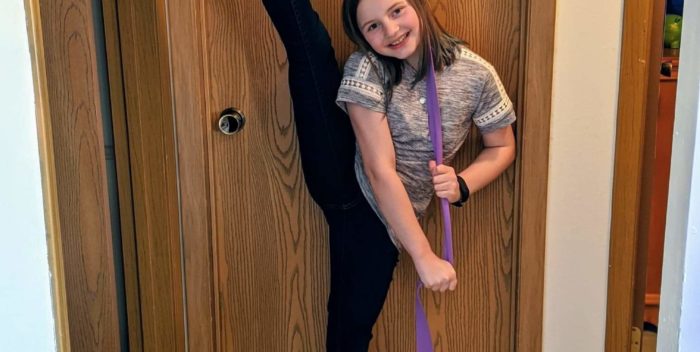
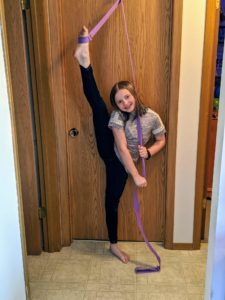
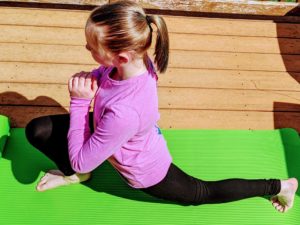
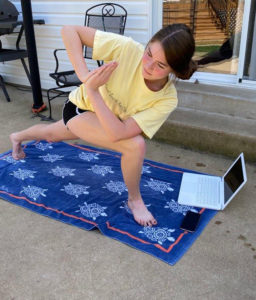
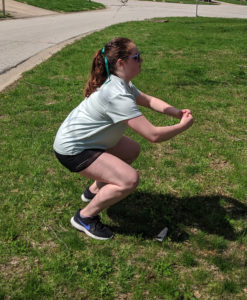
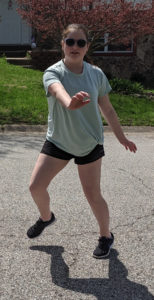
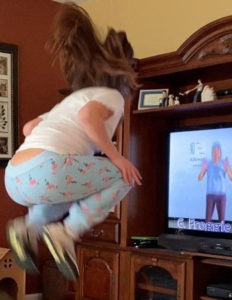
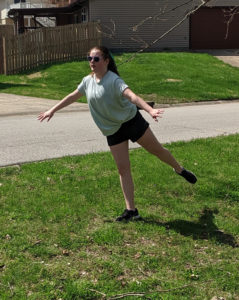








Thank you for this it is a big help
Great article!!! Thank you for what you do for the skaters!